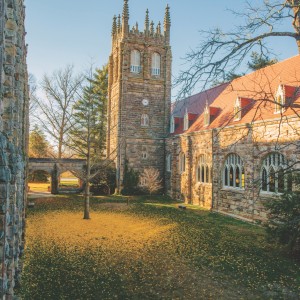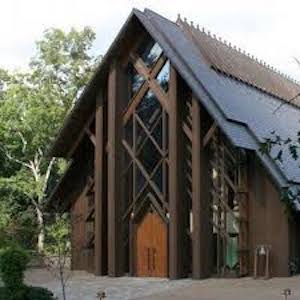"I want to spark what I feel about the environment in other people."
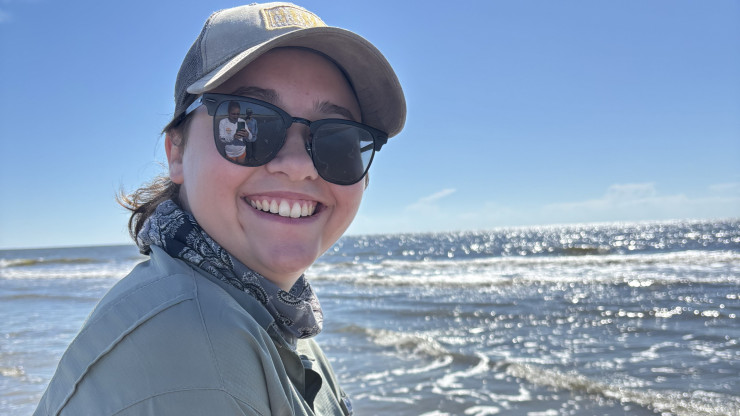
On the Front Lines of Conservation
For many workers, the commute from home to office is an obstacle they’d gladly trade in order to get back more time in their day. But for Eva Purdy, C’28, the commute to his internship this summer was one of the best parts.
An intern at the Little St. Simon’s Island Center for Coastal Conservation, Purdy began each day with a 15-minute boat ride through serene marshland to reach his place of work. Set against the backdrop of deep blue waters and tall, green Spartina marsh grass, the short boat ride was reliably packed with wildlife sightings that included a variety of birds and, unexpectedly, dolphins. “Most people don’t expect to see dolphins in marshes, but I’d look over and see a pod hopping by on most days,” says Purdy.
The stunning visuals didn’t stop upon arrival, though, as the next step in Purdy’s commute was a truck ride through the maritime forest—on a single-lane “road” mown into the grass—to reach the ocean side of the island. Stepping on the beach for the first time, Purdy was stunned by the view. “I’ll never forget my first time being on a beach with no houses, no development, no human footprint at all. Just seven-and-a-half miles of untouched sand,” says Purdy.
Under the hot southeast Georgia sun, Purdy would bike to his assigned section of the beach while keeping a lookout for loggerhead sea turtle tracks in the sand. If he spotted any, Purdy would follow them to the dunes and then, using a large sand probe, search the area until he located the turtle’s nest. After putting up a protective screen to shield the nest from predators and noting date and location information, it was time to find the next one. On a typical day, he’d cover between three and four miles.
Later, Purdy or a colleague would return to the nests to remove the screens and allow the turtles an easier journey to the sea. For nests that had already hatched, Purdy was tasked with emptying and inventorying the remaining contents. Occasionally, he’d find a live baby sea turtle that had not completed its journey, so he would place it in sand further down the beach to let it practice its crawling before picking it back up and setting it free in the ocean.
In addition to promoting conservation on the island, Purdy also worked to advance ongoing research activity in coordination with graduate students from the University of Georgia. In something of a surprise, Purdy had one additional task to complete at the already hatched nests: He had to crack one unhatched egg and preserve its shell in a chemical solution so that scientists at UGA could sequence its DNA. “We had to sacrifice one for science,” says Purdy. “But with that DNA, we could determine that nest’s mother or grandmother and extend the record of which turtles were continuing to return to the island.”
Though the work was physically demanding, it has also proven to be rewarding for Purdy as he takes his next steps toward determining what further studies—and, ultimately, career—to pursue. A prospective environment and sustainability major, the chance to experience firsthand the science that he’s studying was invaluable to Purdy. And it also gave him a window into how to translate his passion for the environment into a vocation.
“I want to spark what I feel about the environment in other people,” says Purdy. “When it comes to conservation, I’ve learned that it’s so important to help people feel connected to what they’re protecting. You want them to realize, ‘This is why it matters—I’m part of this thing that’s larger than myself.’”
Career Readiness at Sewanee
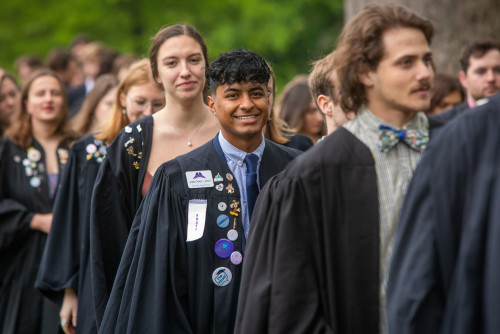
Sewanee graduates get the job. Over 95% of each year’s graduating class is employed, continuing education, in the military, or participating in a fellowship or service commitment within six months of graduation. Top career fields include: business, finance, and consulting; education; law; medicine; and environment and sustainability. Review the first destinations data to see where Sewanee alumni launched their careers.
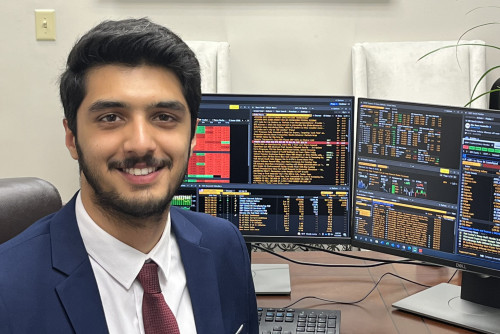
From day one, we’ll work with you to design a four-year experience that connects to your values, meets your goals, and prepares you for a meaningful and purposeful career. You’ll be matched with a career readiness and student success coach, enjoy regular campus events, have access to internships—and funding—just for Sewanee students, and get connected to Sewanee’s 20,000 strong network of alumni who are ready to help you on your way.
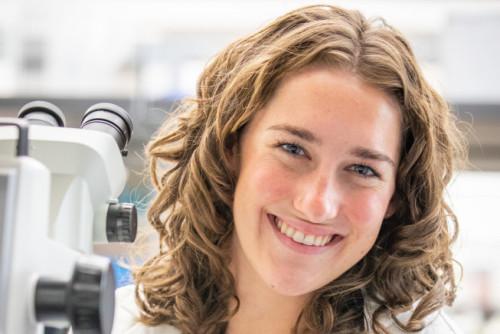
Big questions are out there. At Sewanee, we'll work together to find the answers. Faculty from all disciplines—sciences, humanities, fine arts, and more—bring their scholarship into the classroom and create opportunities for students to pursue original research. And thanks to the Sewanee Pledge, students are guaranteed funding for a summer research fellowship or internship with a Sewanee professor or another approved program.
